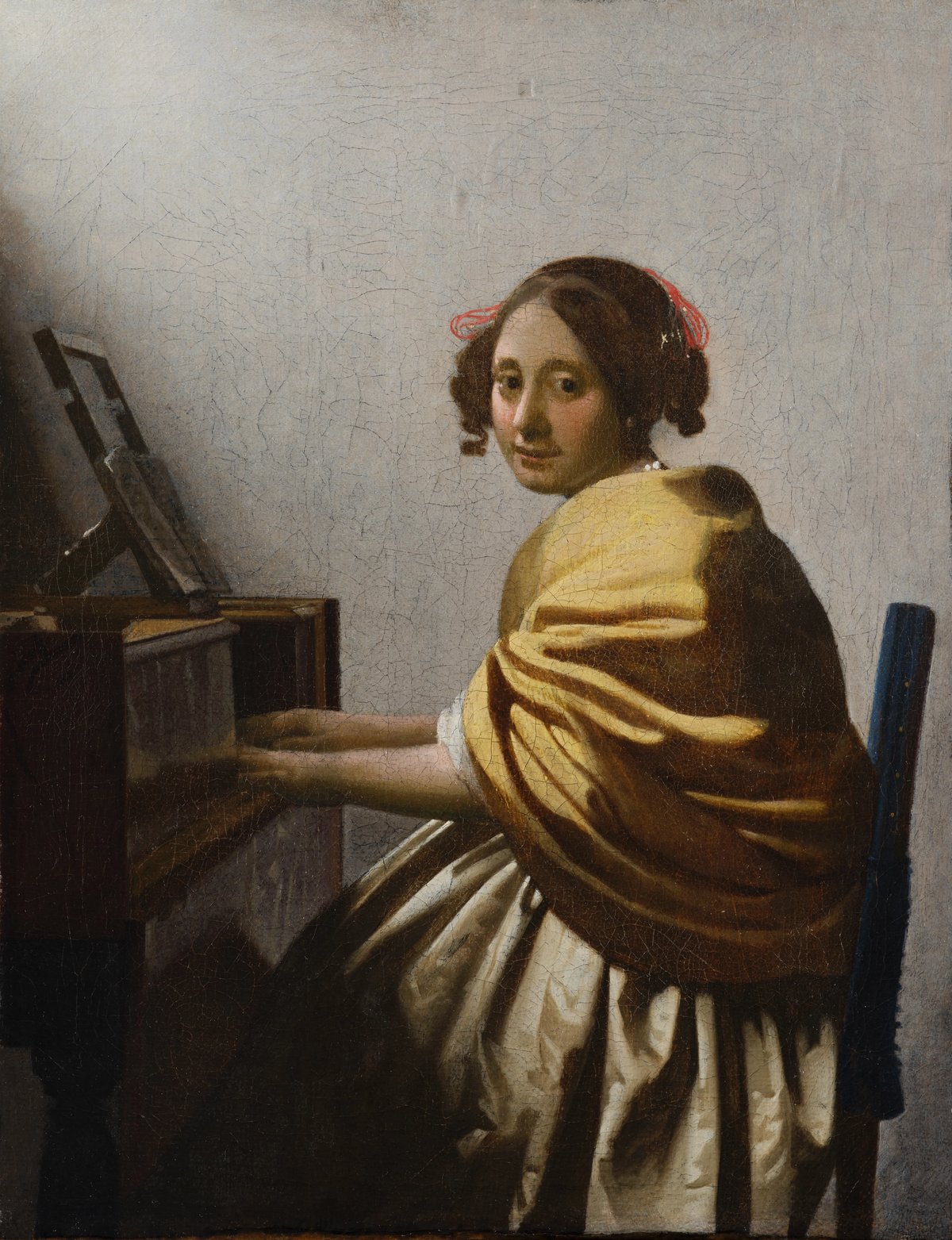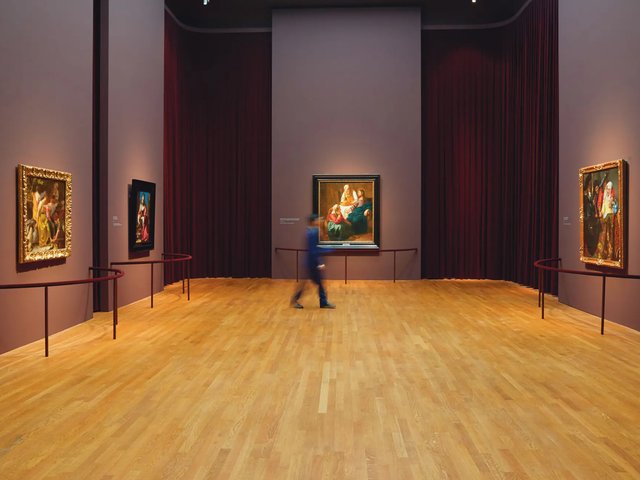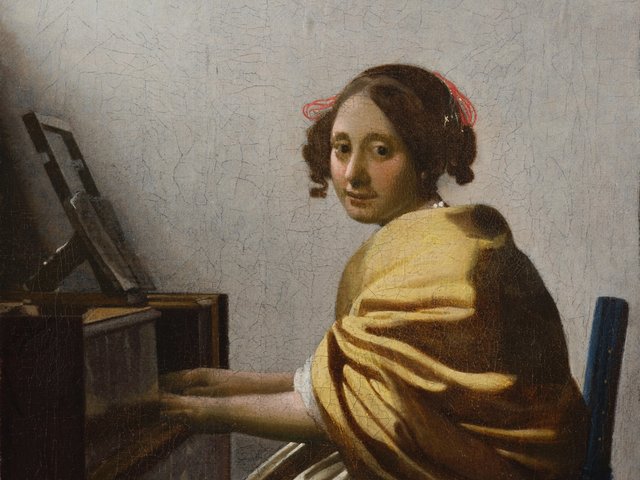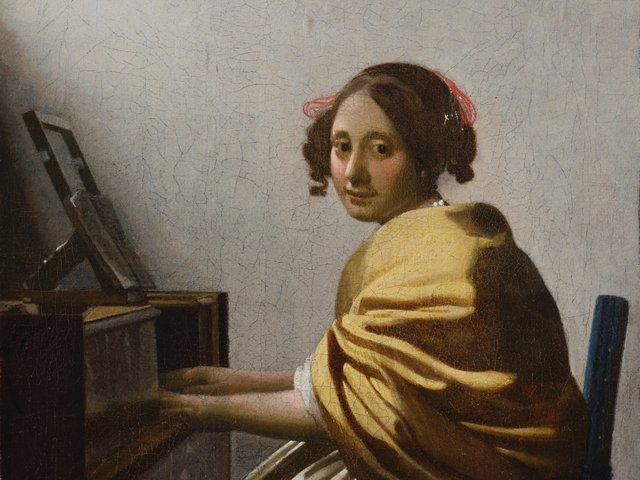A rediscovered Vermeer has emerged, after being downgraded and then hidden away in a private collection for nearly 50 years.
The Art Newspaper can reveal that Woman at a virginal, once in the Beit collection and now owned by Baron Rolin of Brussels, will be unveiled on 8 March at the Metropolitan Museum’s exhibition on Vermeer and the Delft School (until 27 May). Curator Walter Liedtke plans to hang the Rolin picture in a room of late Vermeers, probably next to the pair of National Gallery works of women at a virginal. The rediscovered painting has only been exhibited twice, in 1907 and 1952.
The decision to include “Woman at a virginal” in the New York exhibition was only made in January, after the catalogue had gone to press. Liedtke’s position is that it is a work of Vermeer’s period, that it is very close to his style and technique, and that as far as we know the artist had no studio or followers. If so, the picture must either be authentic or else it means that there was another artist of the time working in his style—a finding which would force art historians to reexamine Vermeer’s entire oeuvre. The fact that Liedtke is hanging Woman at a virginal with the Vermeers suggests that he believes there is a good chance it is by the master, but the picture will be displayed with a neutral caption, inviting scholars to make their own judgements.
Vermeer’s surviving works are so rare, with only 35 fully accepted paintings, that any new addition to his oeuvre will generate great excitement. If authenticated, Woman at a virginal would be the only Vermeer in private hands (other than the contested St Praxedis) and the last one offered at auction was The little street, in 1921. Sotheby’s is currently advising the owner, so this suggests that the Rolin picture may eventually come up for sale.
It was rejected in 1948 by the specialist Arie de Vries, in the wake of the Van Meegeren fakes scandal. De Vries described it as “perhaps the work of one of those artists who, around 1800, painted little interiors in the old Dutch manner.” Nearly all scholars since then have rejected it in print, and as recently as 1998 it was dismissed in the strongest terms by Mauritshuis research curator Ben Broos in a paper presented to an international Vermeer symposium.
The Baron Rolin painting, acquired by him in 1960, has recently been examined by conservators from the Metropolitan in New York, the National Gallery in London, and University College in London. Libby Sheldon, the head of the University College painting analysis unit, found that it contained lead tin yellow, a pigment that was only used until around 1700. It also has ultramarine, an expensive pigment which is characteristic of Vermeer’s pictures. There is green earth pigment in the flesh, which was used by the Utrecht School and by Vermeer. Ms Sheldon has compared the ground of “Woman at a virginal” with those of the two Vermeers at the National Gallery, and she found them to be remarkably similar. She concludes that the technical examination represents “very strong evidence that the picture is by Vermeer.”
Gregory Rubinstein, an Old Masters specialist at Sotheby’s points out that the Rolin picture has only been known from poor reproductions, and he predicts that scholars will be surprised by its quality when it goes on show at the Metropolitan.






